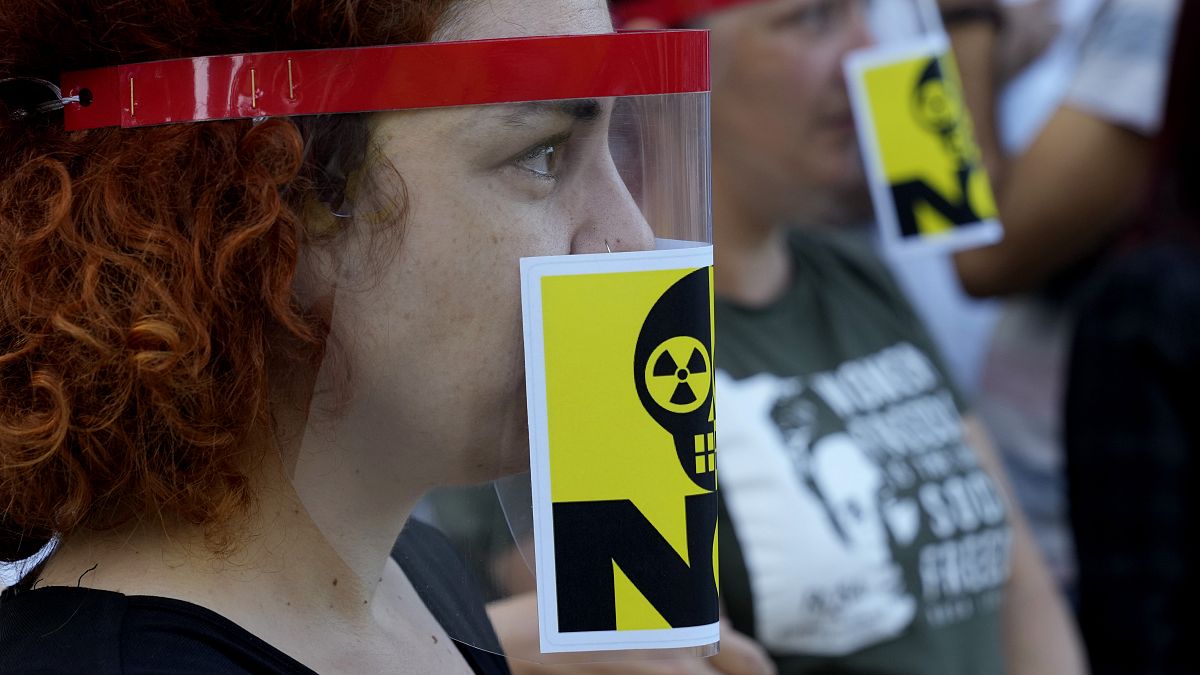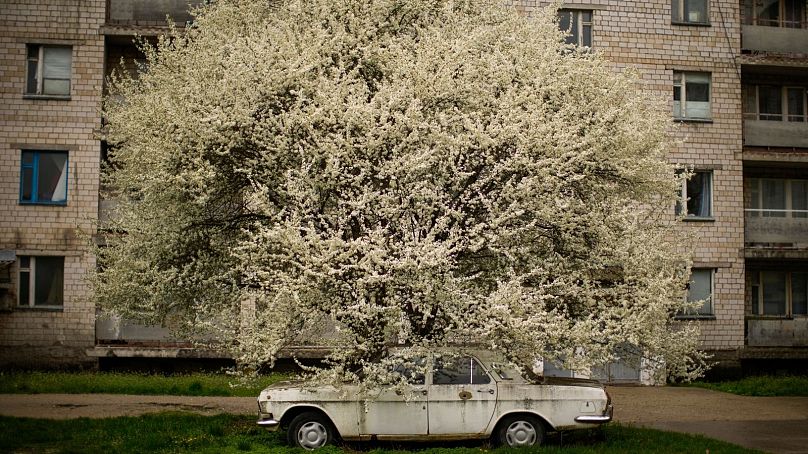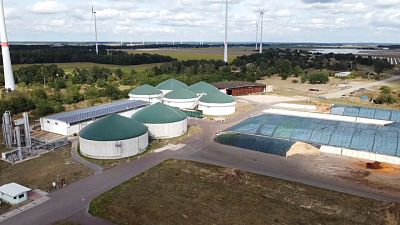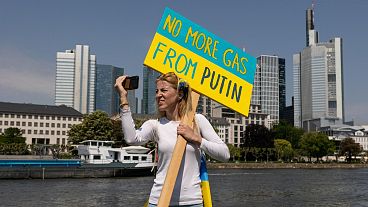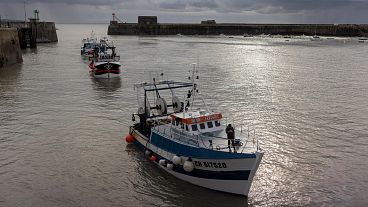Can we find a solution to the problems of nuclear waste in time to stop climate change?
A row is brewing in the Balkans as tensions mount over plans for a nuclear waste storage facility.
Croatia's plan to store radioactive waste near its border with Bosnia is facing mounting opposition from its neighbour due to concerns the plant could have potentially devastating health and environmental impacts.
The site near the River Una, a Danube tributary, was chosen in 2018. In a bid to halt the plan, Bosnia responded by declaring their land closest to the location a nature reserve.
This scheme gained little ground and as the grand opening draws closer, Bosnians are growing increasingly concerned about the possible consequences on their pristine rivers and organic farming industry, not to mention public health.
"We fear the main impact of this devastating proposal will be on people's lives and on the environment," says Mario Crnkovic, an ecologist in the town of Novi Grad on the Bosnian side of the border, about one kilometre from the earmarked site.
Croatia has dismissed the concerns, but critics note that the government has yet to publish any health or environmental risk assessment of the proposal.
The area is prone to flooding and subject to regular seismic activity. It’s also still being cleared of landmines left over from the Balkan wars in the 1990s.
Bosnian authorities are hoping that the Croatian government may still change its mind. However, during the fall out Bosnia have suggested they may erect their own facility next to the major Croatian tourist spot, Dubrovnik.
Diplomatic incidents over nuclear waste
The Balkans row is not the only diplomatic incident to happen over nuclear waste disposal in recent years.
In 2020 the Belgian government announced they had received recommendations for seven sites for underground disposal of nuclear waste, but didn’t specify where they were.
It wasn’t long before suspicions were aroused in Luxembourg, with the Luxembourgian environment minister, Carole Dieschbourg, stating they would be in the area of Namur, Dinant and Stavelot, close to their border with Belgium.
“That is right on our doorstep,” the minister announced, as she raised potential dangers to locals and accused the Belgian government of contravening the Espoo convention which regulates trans-border environmental impact reporting.
In response the Belgian Minister for Energy and the Environment, Marie-Christine Marghem accused Dieschbourg of a “campaign of disinformation”.
“Distributing a map with these supposed sites to the Luxembourg population or talking about possible water pollution is nothing less than a harmful disinformation campaign,” said Marghem.
Where will nuclear waste be stored in the future?
Russian soldiers taking Chernobyl Nuclear plant by force during their invasion of Ukraine brought the dangers of unsafe nuclear waste to the forefront of the public imagination.
Most operational-storage facilities for nuclear waste are at surface level, with the UK, France, and Spain all making use of these short-term solutions.
However, the consensus for the future is that nuclear waste is best stored in a geological disposal facility (GDF) deep beneath our feet. Here in a space 700 - 1000 metres underground, spent reactors will be safely treated and sealed into rock structures with cement, leaving them to decay over hundreds of thousands of years.
Previous mooted suggestions of sending waste to space or burying it beneath the ocean floor have been abandoned, but there is an ongoing issue of how to warn future generations of the dangers of waste sites.
With no guarantee that today’s languages will be spoken or current iconography will be recognisable in thousands of years, it’s a risk that still-dangerous toxic waste could be accidentally opened up by curious archaeologists of the future.
In the 1980s the US government assembled the Human Interface Taskforce to work out how to prevent such a disastrous occurrence. One of their recommendations was to create fake myths and legends to ward off the curious.
Do communities want GDFs?
This toxic issue doesn’t just cause problems along borders, but often sees locals hotly contest proposals for GDFs near their communities by their own governments.
In the UK the country’s first GDF (which will store the 20th century waste currently stored in Sellafield, Cumbria) has been marketed as a big infrastructure project which will bring jobs and prosperity, leading to a bidding war between several different remote locations.
However, residents are not so keen on the idea of playing host to a poisonous repository, with retirees in the Lincolnshire village of Theddlethorpe proving particularly vocal.
Meanwhile in the sleepy French village of Bure, clashes between protestors and police over a GDF deep inside the clay soil of the region have led to much concern over potential nuclear leakage.
Elsewhere the Nordic countries are approaching the issue with typical pragmatism and calm.
Finland is close to finishing Onkalo, the world’s first operational GDF in Olkiluoto, 200 kilometres from Helsinki on the country’s stormy west coast.
Sweden too has recently given the go-ahead for a GDF in Forsmark, Ӧsthammar where locals voted in favour of waste being stored within the billion-year-old granite the area sits on top of.
In both cases long running public consultations resulted in public consent for the projects.
Will we need more nuclear waste storage in the future?
The war in Ukraine has focused minds in Europe on energy security and weaning the continent off Russian fossil fuels. But even before that the need to be carbon-neutral by 2050 meant nuclear power was on the menu.
UK Prime Minister Boris Johnson has pledged to build eight new reactors in the next 20 years to meet a quarter of the country’s energy needs.
Engine manufacturer Rolls-Royce have also been engaged to make the world’s first Small Modular Reactors which are easier to store and use.
Meanwhile Emmanuel Macron has pledged to build 14 new European Pressurised Reactors to power the French Republic by 2050 and aid their path to carbon neutrality. And Germany is reconsidering its ban on nuclear energy following the disaster at Fukushima, Japan in 2011.
To prevent nuclear waste piling up in surface-level facilities and prolonged usage of fossil fuels leading to disastrous climate change, a solution must be found. Can we swerve the diplomatic tensions and local protests before it’s too late?
